 Last week New York City was shrouded in smoke from wildfires nearly 2,000 kilometres away in Quebec, Canada, bringing the attention of global media. Thomas Smith writes that while forest fires in Canada are not unusual, they have begun unusually early, likely due to an unseasonal heatwave experienced by much of northern Canada. He argues that fossil-fuel induced climate change and irresponsible land management practices are driving more extreme, larger and more destructive fires, and that we should expect a devastating fire season in Canada and more smoke episodes downwind.
Last week New York City was shrouded in smoke from wildfires nearly 2,000 kilometres away in Quebec, Canada, bringing the attention of global media. Thomas Smith writes that while forest fires in Canada are not unusual, they have begun unusually early, likely due to an unseasonal heatwave experienced by much of northern Canada. He argues that fossil-fuel induced climate change and irresponsible land management practices are driving more extreme, larger and more destructive fires, and that we should expect a devastating fire season in Canada and more smoke episodes downwind.
Last week, New York City was shrouded in a plume of smoke from wildfires burning 1,800 km away to the north in Quebec, Canada. It took this record-breaking pollution episode to bring the fires to the attention of global media. At the time of writing, the wildfires raging through much of Canada over the past month are the largest on the planet. At least one fire has grown to 2,500 km2 (approximately the size of Rhode Island or Dorset, or twice the size of Greater London). There are others that are burning over 1,000 km2, reminiscent of the 2019 and 2020 fire seasons in Siberia. The high latitudes of our planet are the canary in the coalmine of climate change. They have been the first to experience dramatic shifts in annual weather patterns and ecosystem changes.
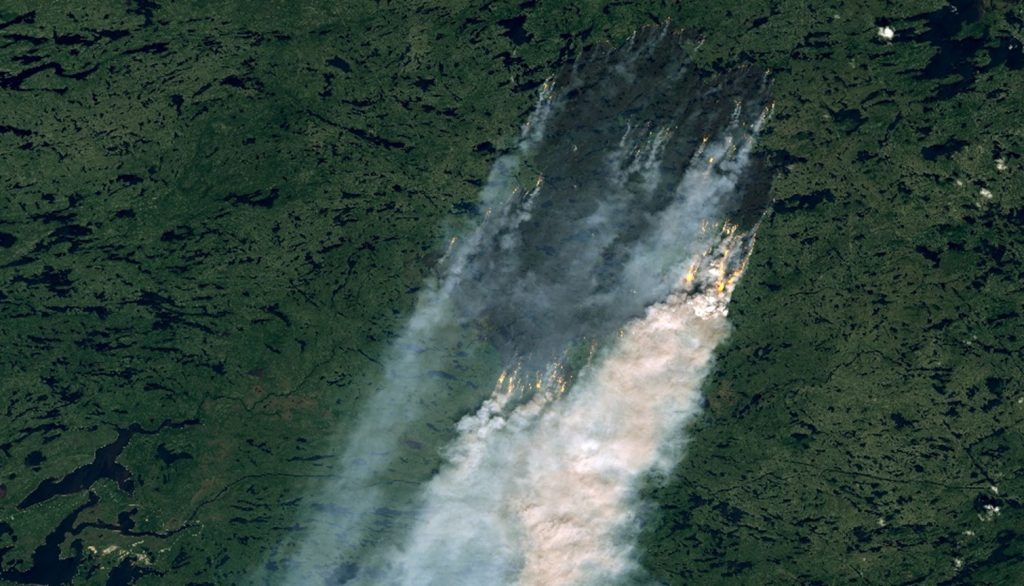
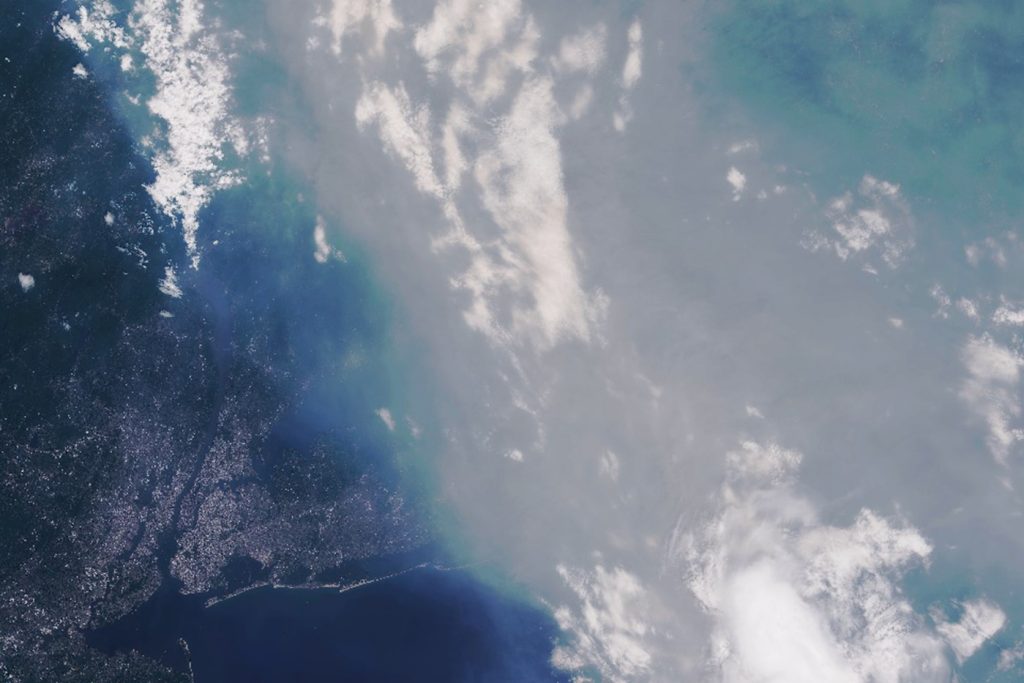
What’s happening in Canada this year?
What’s particularly concerning about the wildfires in Canada this year is the early start to the season (Figure 1). The cumulative amount of combustion (and therefore carbon emissions) has already eclipsed what we would expect to see by the end of the year, according to the satellite record, which goes back 20 years. Most wildfires in Canada occur in the late summer, so this fire season has a long way to go. The reason for this is an extreme heatwave that has been affecting most of the country for over a month. Temperatures in Quebec, which has seen the most extreme wildfires are currently around 10°C above the 1979–2000 baseline, while temperatures in Canada’s Northwest Territories and Nunavut are closer to 20°C above what you’d expect for this time of year – a likely omen for extreme fires later in the year, I fear. Heatwaves like this, and similar heatwaves that were seen over Siberia in 2019 and 2020, have been made far more likely by anthropogenic global warming. The 2020 heatwave in Siberia that led to a record-breaking wildfire season was found to be 600 times more likely as a result of human-caused climate change, according to a World Weather Attribution study.
Figure 1 – Daily wildfire emissions for Canada across in 2023 (red line) compared with the 2003–2022 mean (black line). Other years in the record are shown with dashed lines.
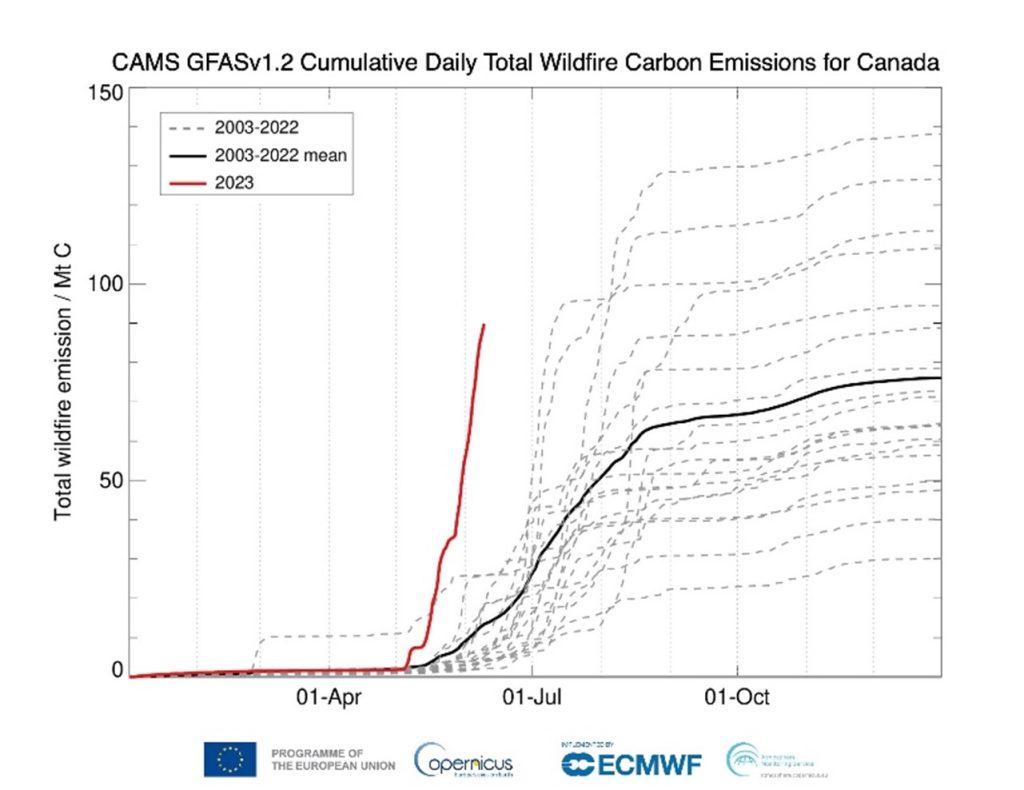
Source: @M_Parrington, Copernicus Atmospheric Monitoring Service.
Figure 2 – Temperature anomalies in the northern hemisphere, showing extreme heatwaves over Canada and central Siberia.

Source: ClimateReanalyzer.org
Fires are a part of a functioning ecosystem, but fossil fuel driven climate change is not.
Fires are not unusual in the boreal forests of Canada. Across most of the planet, the destructive power of fire plays an important role in regenerating ecosystems, returning carbon to the atmosphere through combustion – the carbon that was previously sequestered by photosynthesis. Wildfires often play an active role in tree reproduction, encouraging germination of saplings in the aftermath of a fire event. However, we are now witnessing a shift in global fire activity away from this natural cycle of growth, destruction, and regrowth. Fossil fuel greenhouse gas emissions are rapidly changing the composition of our atmosphere and our climate, while irresponsible land management in our forests and savannahs is changing the nature of the vegetation at the surface. These factors combined are driving more extreme fire behaviour leading to larger and more destructive fires.
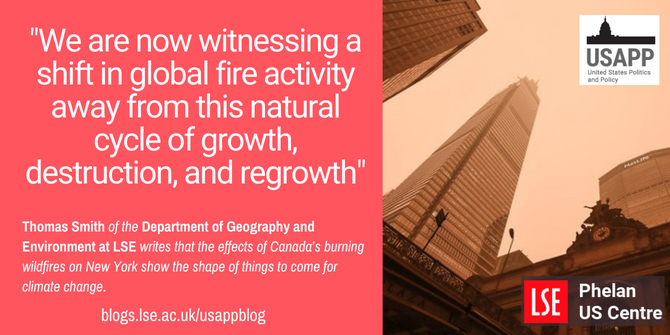
“Wildfire Smoke” (CC BY 2.0) by Marc A. Hermann / MTA/MTAPhotos
What does the climate crisis mean for ‘fire behaviour’ in Canada (and the UK)?
Extreme heat, made more likely by climate change, is an important factor in how a fire behaves. By ‘behaviour’, fire scientists are referring to how fast the fire moves, and the intensity with which it burns (e.g., the size of the flames). The Fire Weather Index (FWI) is a combination of temperature, relative humidity, wind, and long-term rainfall. The FWI was developed by the Canadians and is closely related to fire behaviour. If a fire moves faster, the burnt area can often scale exponentially with the FWI – demonstrating that extreme heatwaves will lead to far more expansive wildfire seasons. Some of my research on wildfires in the UK is contributing to the development of a system that helps to relate weather and longer-term climate to how a fire might behave in the UK, particularly in our unique heather moorlands.
What might this mean for the future of the northern boreal forests?
An important statistic for temperate and boreal forest ecosystems is ‘fire frequency’ – how often a fire burns through a particular stand of forest. These forests have evolved to experience fire every 100 years or so, burning through mature forest stands and making way for regrowth. Our concern is that rapid changes in temperatures are driving more frequent fires in these ecosystems to the point that fires may be occurring at a rate whereby the forest can no longer mature leading to a shift away from a forested ecosystem towards a shrubland or grassland. While climate change is driving changes in fire behaviour and fire frequency, the impacts can only drive further climate change, as the carbon released from the fires is no longer sequestered by regrowth – part of a positive feedback cycle (or a ‘vicious cycle’) in the climate system.
For peat’s sake!
An underappreciated resource in the boreal forests and tundra to the north is the vast abundance of peat soils. 20-30 percent of the boreal forest lies atop a thick layer of carbon rich peat; soils that have accumulated for millennia in swampy conditions that prevent the decomposition of that carbon into atmospheric carbon dioxide. The reason for this accumulation is that the soils remain waterlogged or damp throughout the year. Elevated temperatures, longer summers, and extreme heat waves like those in Siberia and Canada are drying the surface peat soils, making them available to burn during a wildfire. Not only does this release ancient carbon to the atmosphere that will not be resequestered any time soon, but the combustion of peat is far less efficient than the flaming forest fire inferno. Smouldering peat combustion releases far more smoke particles and more reactive gases that can form hazardous air pollution downwind of the fires. This phenomenon is a frequent episode in the tropical peatlands of Indonesia and Malaysia, leading to ‘haze seasons’ that can last for months. If boreal peats begin to burn, we might expect to see extended air pollution crises downwind of these fires in Canadian, Alaskan, and Eurasian boreal peatlands.
It’s not all about the climate, the way we manage our landscapes matters.
There are three ingredients to a wildfire. Ignition (what starts the fire), fuel (the vegetation), and fire weather (which over the longer term is determined by climate). Ignitions are ubiquitous. Greater than 90 percent of global wildland fires are due to human activity, either intentionally or accidentally. Lightning (and in rare cases, volcanic activity), ignite the rest. But what happens after an ignition is critical, and that is determined by the fuel and the weather. We’ve discussed the role of climate change determining fire weather, but the fuel component is also heavily influenced by human activity.
Despite western notions of ‘nature’ and ‘wilderness’, almost every ecosystem on the planet has evolved with humans over tens of thousands of years. We have coexisted with the savannahs of Africa and Australia, the forests of the Rocky Mountains, the heather moorlands in the UK, and the northern boreal forests. The use of fire by humans and our hominid sister species spans over a million years. Primitive colonial notions of ‘natural environments’ drove a disastrous wave of conservation policies over recent centuries to remove indigenous people from supposedly ‘natural’ landscapes and abandon traditional fire practices. Forests and savannah woodlands that were for millennia managed with fire to clear the undergrowth began to experience more extreme, but less frequent fires, as the accumulation of surface fuels and densely packed trees led to severe fire behaviour. We are only now beginning to appreciate the importance of ancient fire management practices for the avoidance of devastating ecosystem-shifting fires. Traditional practices are being brought back in many places, such as Oregon, northern Australia, and even here in the UK. Some of my research has demonstrated just how effective this can be for reducing carbon emissions, alongside the co-benefits of reduced wildfire risk and celebrating cultural heritage.
If we can’t mitigate climate change effectively over the coming 20 years or so, we must address the fuel management problem to help avoid a perfect storm of fuel and climate driven wildfires.
How do you fight fires of this scale?
The scale of these wildfires is difficult to imagine. My analysis of a single fire in Quebec reveals that the fire perimeter is over 200 miles (320 km). This scale of fire cannot be fought by personnel or aerial resources. Like many jurisdictions in sparsely populated areas, Canada’s policy for wildfires is to let them burn. They will protect critical infrastructure and towns, this might involve setting a controlled fire to burn out the vegetation ahead of the wildfire to create a barrier, but the rest of the fires will be left to burn until they reach a natural barrier (like a major river) or until the weather changes. A change in the fire weather might not happen for many months. If this is the case, we can expect a devastating fire season in Canada and more smoke episodes downwind.
- Please read our comments policy before commenting.
- Note: This article gives the views of the author, and not the position of USAPP – American Politics and Policy, nor the London School of Economics.
- Shortened URL for this post: https://bit.ly/3X0Z6FG


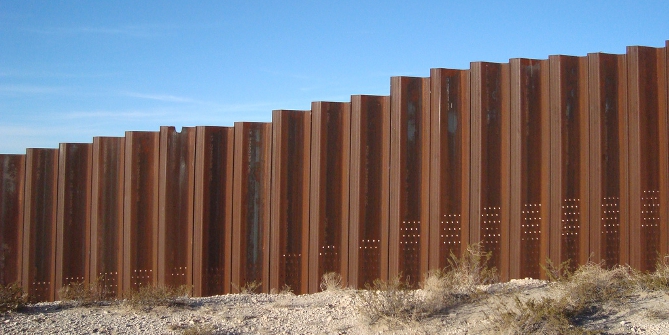




1 Comments